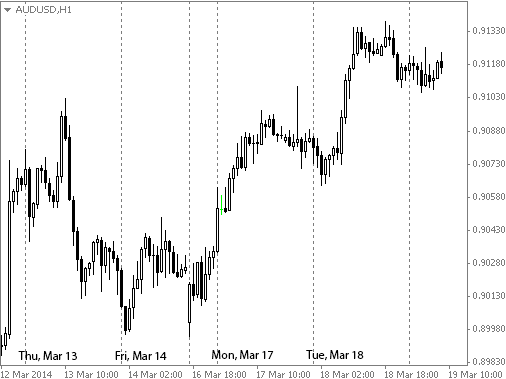On March 14 2014, tensions between the U.S. and Russia escalated when a referendum was announced to be held in Crimea that weekend, on Sunday March 16.
By all estimations, the Crimean people were expected to vote overwhelmingly to leave Ukraine and join the Russian Federation.
Of course, the American and European leaders were strongly opposed this.
In the days leading up to March 16 referendum, numerous political personalities came out to denounce this “illegal” act, often with threatening words.
John Kerry for example, said that there “will be consequences”. John McCain said that this would bring a “sharp response” from the United States. The word “retaliation” was plastered all over the news.
Military presence in the region intensified on both sides, and there were even rumors of a possible Russian invasion of Ukraine.
From all angles, it was clear the western leaders were serious about stopping Vladimir Putin from going ahead with the referendum.
The Russian president on the other hand, showed no signs of backing down. He had a clear objective and knew he had the support of the Crimean people.
From the way things looked, some sort of military conflict seemed inevitable. In fact, there were even reports of shots fired near the Crimean border.
Going into the weekend with these developments, the stock markets began to dip. To many traders, this was not a time to be holding risk assets.
Personally, I was bearish about the situation as well and watched with interest as the referendum was carried out that Sunday.
“This is going to get ugly” I thought to myself, as I made a mental note to short some risk assets when the markets opened on Monday.
Monday came
… but the markets didn’t move during the Asian trading session.
“That’s weird…” I thought. “Why is the market behaving like nothing happened?”
In particular, I was looking to short the AUD/USD but the price action showed no signs of it dropping any time soon.
Then in the European session, prices jumped up instead.
Something was wrong here… but I didn’t know what.
All I knew was that there were probably many traders who got caught by this unexpected move.
So what did I do?
In the end, I went long the AUD/USD and booked a quick 20 pip profit. (Yeeha!)

The question is… why did I go against my initial opinion to short the AUD/USD?
Well, it’s because I’m a trader, not an analyst.
And I’ve trained myself to think and act like one.
Real Traders Don’t Know Everything… And They Know It
Like most people, traders have opinions about what’s happening in the world.
Unlike most people however, they don’t fall in love with their views.
Real traders are ready to drop their ideas in the face of contrary evidence, very quickly.
Why? Because they understand the limits of their knowledge. They know there’s a lot more they don’t know about, than they do.
Staying Nimble
When I trade, I don’t start by saying, “I Know.”
I start by saying, “Perhaps”.
This allows me to readily accept information that goes against my opinion, so I can quickly adjust my views as needed.
And, very importantly, it frees me from the pressure of having to be RIGHT.
A Little Knowledge Is A Dangerous Thing
The truth is, we probably know a lot less about the world than we think we do.
It feels good to think we know everything, but the market doesn’t care about how we feel — it beats to its own drum, regardless.
Once you realize and accept how little you really know about the market, new possibilities naturally come to mind.
Perhaps, it’s unlikely for the U.S. to get involved in another war, since they’re so deep in debt.
Or, perhaps the market believes the U.S. won’t take any serious action because they need Russia’s oil … who knows?
No matter the reason, the price action on Monday told me the market wasn’t concerned about what’s happening in Crimea… and that’s all I needed to know.
My initial opinion was dead wrong, and I’m glad I didn’t hang on to it… because to me, profits are more important than being right.

Chris, you need to marry both fundamental and technical analyses while trading. Ignoring any is not usually advisable
Hi Sam, I hear you.
I was going for a short term trade here, as the price action told me that the fundamentals (of the Crimea issue) didn’t matter at that moment, on that pair.
If I was going for a medium term trade, I definitely wouldn’t be looking to long the AUD/USD. — I should have made that clear in the post, thanks for pointing that out.